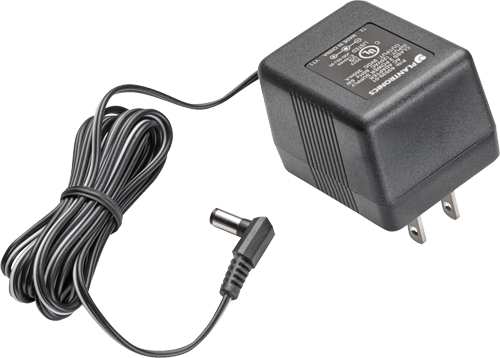|
The Liskov Substitution Principle (LSP) is one of the five SOLID principles of object oriented design. At first glance the LSP seems rather complex but I hope that my presentation below will help clarify what it means and how it can effect the flexibility of your software. This presentation assumes you have seen my presentation on the Dependency Inversion Principle, if not check it out here. Don't forget to check out Caraya from JKI here.
Jon McBee is a Principal Software Engineer at Cambridge NanoTech and is a Certified LabVIEW Architect, Certified LabVIEW Embedded Developer, Certified TestStand Developer, an NI Certified Professional Instructor, and a LabVIEW Champion
4 Comments
12/1/2015 07:48:08 am
Hello Jon,
Reply
Jon McBee
12/1/2015 11:52:04 am
Hi Russell,
Reply
Ryan Vallieres
12/4/2015 04:29:15 pm
Hey Jon;
Reply
Leave a Reply. |
Tags
All
Archives
October 2019
LabVIEW Blogs |
||||||

 RSS Feed
RSS Feed
